What is Distressed Effect?
Distressed furniture pieces are timeless
Tired of modern-looking furniture that look the same everywhere you go? “Distressing” your chosen furniture piece is a great way to achieve that rustic, vintage look you always wanted. A carefully painted piece will not only enhance and transform your furniture, but can instantly turn it into a focal point in your home.
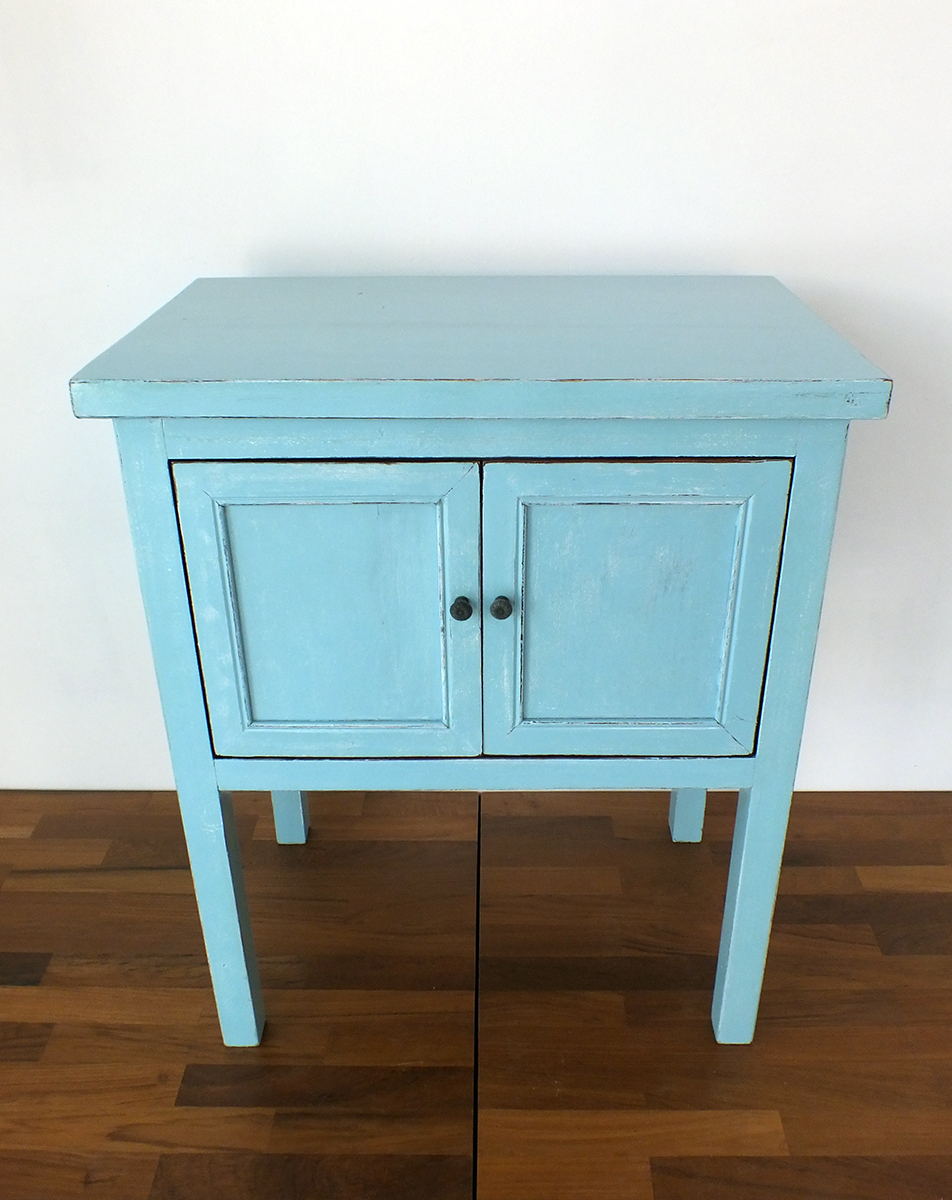
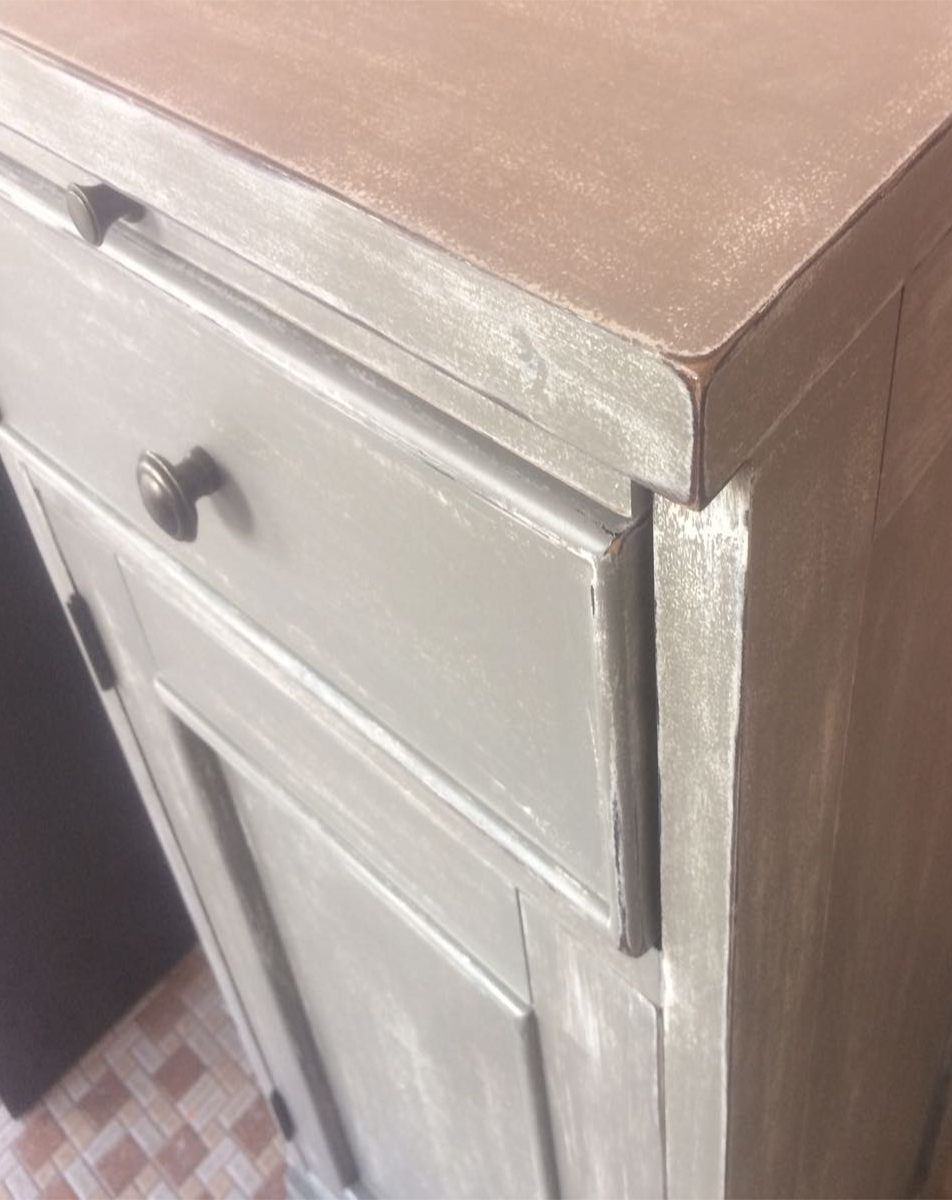
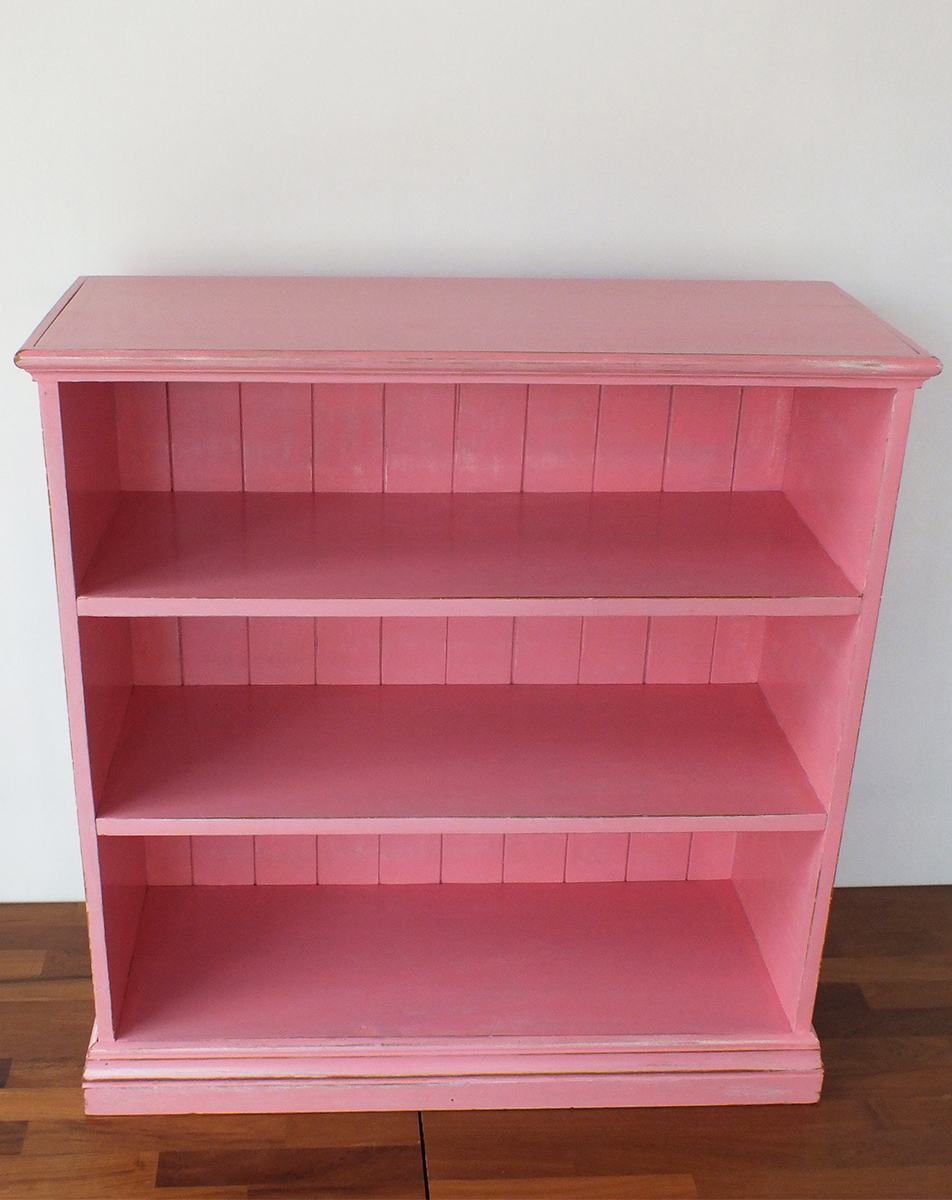
What is Involved?
Our team of furniture painting specialists makes all the magic happen. All you need to do is tell us how you like your furniture to turn out, and leave the rest to us. Check out our portfolio to see what inspires you.
The Distressed Effect takes a lot of effort and skill to get right, but typically can be broken down into 4 main steps.
1. Preparatory Works
Prior to transforming furniture, it is essential to patch up any obvious cracks and gaps with wood putty.
2. Sanding
In order to produce the finest finishing, the sanding process in any furniture repainting work is crucial. This step will be featured in each stage before applying any coat of paint.
We use specialised machinery to lightly sand your furniture piece before applying base coat, to smooth out the surface and eliminate any bumpiness.
After applying base coat, we again do light sanding prior to actual painting work, paying extra attention to the edges. Furthermore, in order to create a distressed effect that looks natural, parts of the furniture may be sanded down with greater intensity than others, in a seemingly “random” or arbitrary fashion.
The distressed look can be mild or heavy (depending on your preferences), and is directly affected by sanding intensity. The result is a furniture piece that is truly bespoke and one-of-a-kind, as the look is highly contingent upon the painter’s craftsmanship and interpretation.
Before applying a lacquer clear coat onto the top coat, we do one final, light sanding of the surface to ensure the actual finish will be smooth and pleasing to the eye.
3. Painting Works
We apply a base coat after the first round of light sanding. The base coat can either be water-based, which is environmentally friendly and suited for indoor furniture, or solvent-based, which is recommended for outdoor furniture.
A layer of water-based or solvent-based (again recommended for outdoor furniture) top coat is roller-painted or spray-painted onto the surface. This is the actual painting of the furniture, and is where the skill of the painter truly comes into play. As we do not use chalk painting in our finishing work, the result is neither watery nor chalky, but full-bodied in character.
4. Finishing
Finally, when all the painting and sanding is done, we will apply a lacquer clear coat (glossy or matt) to further enhance the look and feel of your furniture.
Finished Outcome
BEFORE
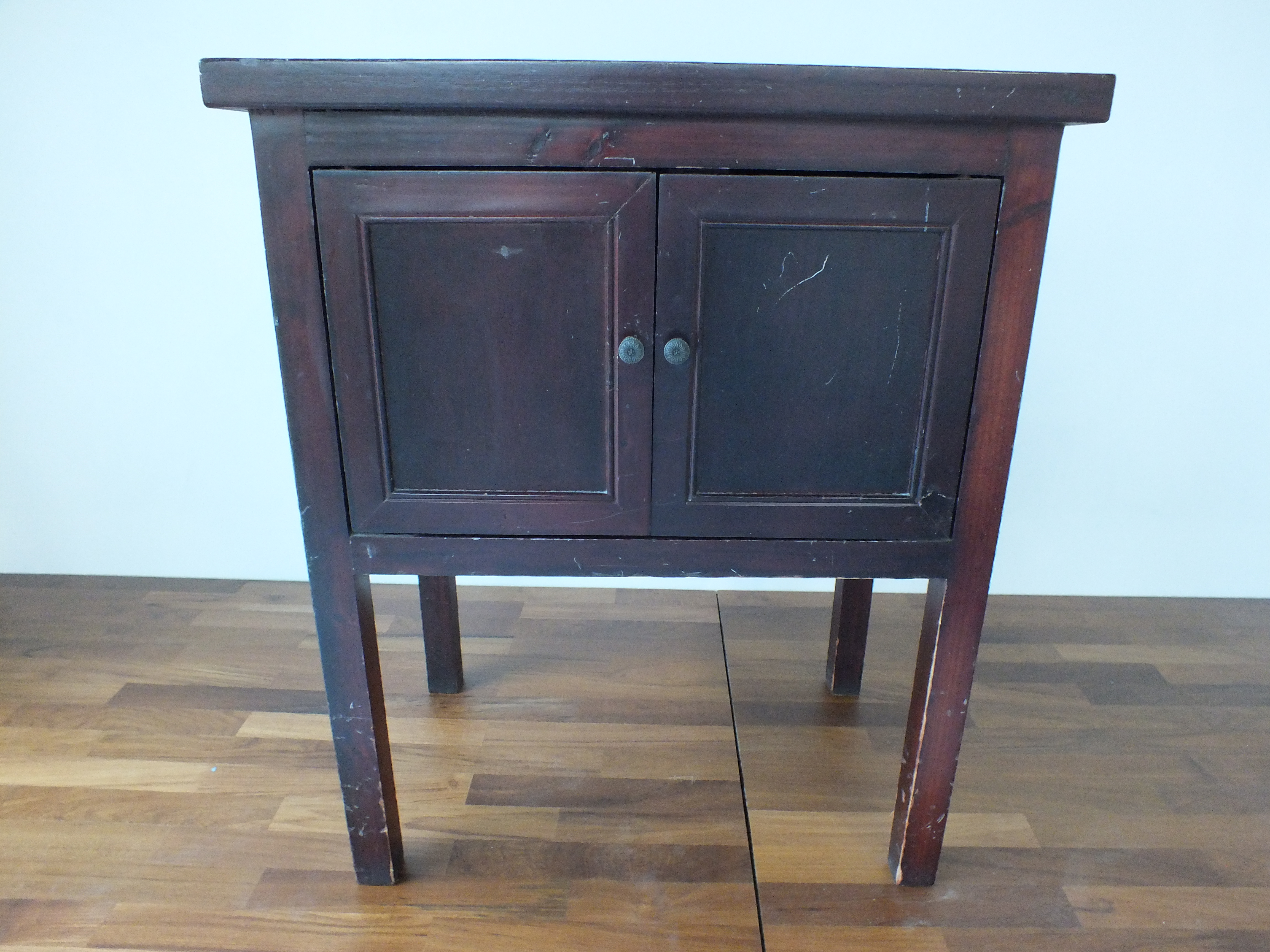
AFTER
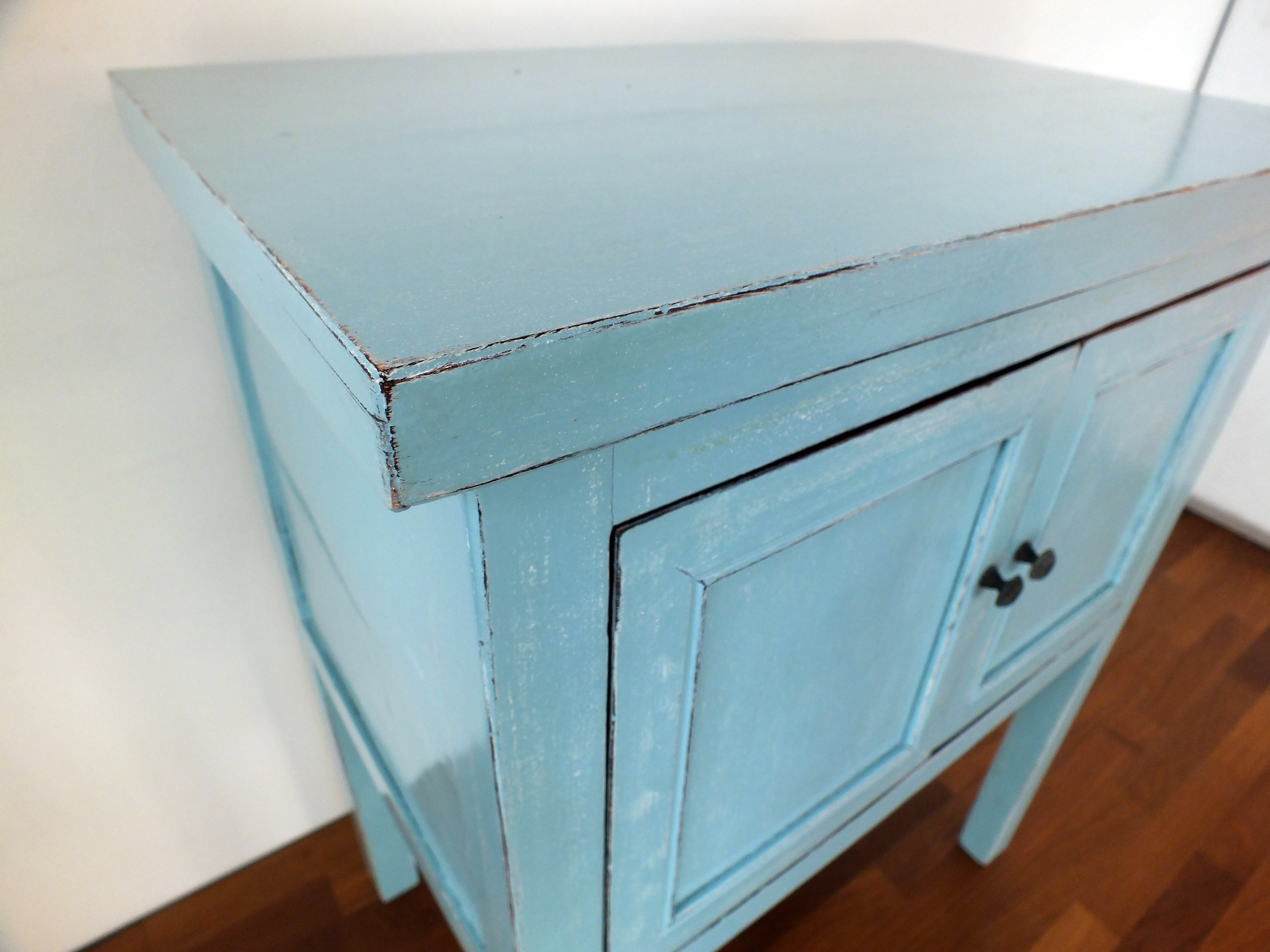
Ready for a Furniture Makeover?
Or Call us at +65 9823 1248
